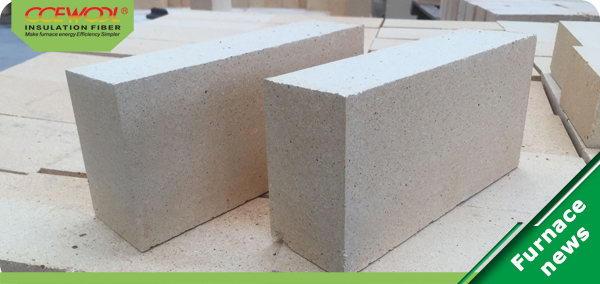
Apr. 13, 2018
All high-temperature kiln liners in the cement industry, glass industry as well as ceramics industry in the building materials industry must be constructed by refractory materials. Although it is not comparable to the iron and steel industry in terms of consumption, the requirements for certain properties of refractory materials are also very demanding, especially with modern requirements for improving the combustion intensity, enhancing the heat transfer effect, reducing heat loss, and favoring environmental protection. It is not only the consumable material of the building materials industry, but also the material necessary for the realization of new technologies and new processes.

Non-ferrous metal pyrometallurgy and its thermal processing can not be separated from refractory material. There areto many kinds of non-ferrous metals, all the smelting methods are different. The characteristic is that the melt melting temperature is not high and good fluidity, large slag discharge.Therefore, there are specific requirements for refractories. Refractory material consumption accounts for about 8% of the total usage. Since the 1980s, the non-ferrous metal industry has rapidly developed new technologies such as flash smelting, oxygen-enriched blowing, and flash roasting. The requirements on the performance of refractory materials have become more and more severe, especially in the key parts of furnaces. In addition to the use of clay bricks, silica bricks and high alumina bricks, high-strength unshaped refractories and fire-resistant fiber products, carbon, silicon carbide products, direct combination of magnesium chrome bricks and cast molten magnesium chrome bricks have been used.
Refractory materials differ from other materials in that they are subjected to thermal, chemical and mechanical destructive effects at high temperatures and must have specific performance properties to ensure durability and safety. Since it is mainly used as lining, parts and functional materials for high-temperature kilns and high-temperature vessels, refractory materials must meet the following basic requirements:
High temperature resistance. At high temperatures (such as steelmaking temperatures may reach 1750 degrees) do not soften, not melt.]
High strength. Can withstand the load of construction and the stress applied during the operation, without loss of structural strength, deformation and collapse at high temperatures.
Volume stability. The volume is stable at high temperatures and the masonry does not crack due to excessive expansion or contraction.
